Perilla Shiso Red
$4.49
Perilla Frutescens
- Seed Count 250
- Coriander, Cinnamon and Citrus Notes
- Annual
In stock
Description
Perilla Shiso Red is an attractive and aromatic culinary herb that grows to a height of 60cm. It is also known as Japanese Perilla or Shiso. It is worth noting that Perilla is a very attractive plant that is often grown simply for its ornamental value. Both green and red varieties resemble a coleus plant.
It features attractive, reddish purple, serrated leaves and a flavour that has been likened to a blend of coriander, cinnamon and citrus. It has been a popular herb in Japanese cuisine for centuries and is an essential part of the famous seven spices of Japan. The beautiful, frilly, deep purple young leaves are added to salads, used to wrap sushi, and served with sashimi. Chopped Perilla buds are especially gorgeous and delicious and make a simple and striking garnish.
Germination rates can be improved by cold stratifying the seed prior to sowing. To do this mix equal parts of seed and damp sand in a container and store in the refrigerator (not freezer) for one week. Do not use sand that is dripping wet otherwise your seeds may rot. Remove the container from your refrigerator and soak the contents in lukewarm water overnight before sowing out the seeds. This process tricks the seeds into thinking they’ve experienced a cold Winter and the warm water soak afterwards helps to speed up germination.
Red Perilla grows best when planted in a full sun location, but it will also tolerate light shade in very sunny regions. The seeds require light to germinate, so sow them no more than 3mm deep into the soil, cover them lightly with soil. Firm down the soil to prevent moisture loss which could dry and kill your germinating seeds. It grows best in soils which are free draining and can be a heavy feeder so be sure to dig lots of compost prior to planting and fertilise monthly to maintain healthy growth. It doesn’t like drying out so water it regularly and mulch around your plants to keep root systems cool. Pinch out shoot tips to encourage your plants to become bushier.
| Method: Sow direct | Soil Temp: 18°C - 30°C |
| Cool Mountain: Sep - Nov | Position: Full sun |
| Arid: Sep - Nov | Row Spacing: 50cm apart |
| Temperate: Sep - Mar | Planting Depth: 3 mm |
| Sub Tropical: Aug - Apr | Harvest: 85 days |
| Tropical: Apr - Aug | Plant Height: 60cm |
Climate and Soil Requirements
Climate:
- Perilla thrives in warm, temperate to subtropical climates. It grows well in most parts of Australia, except for extremely arid or cold regions.
Sunlight:
- Prefers full sun to partial shade (4–6 hours of sunlight daily).
Soil:
- Well draining, fertile soil with a pH of 5.5–6.5.
- Enrich the soil with compost or organic matter before planting.
Water:
- Keep the soil consistently moist but not waterlogged.
- Perilla is drought tolerant once established but performs best with regular watering.
Cold Stratification for Seeds
Why stratify:
- Perilla seeds have a hard outer coat that can delay germination.
- Cold stratification mimics winter conditions, softening the seed coat and triggering germination.
Steps:
- Place seeds in a damp paper towel or moist sand inside a sealed plastic bag.
- Refrigerate at 1–5°C for 1–2 weeks.
- After stratification, sow seeds directly into the garden or seed trays.
Propagation:
Timing:
- Sow seeds following the guide in the product description
Depth:
- Sow seeds 3 mm deep.
Spacing:
- Space plants 50 cm apart to allow for growth.
Germination:
- Seeds typically germinate in 7–14 days at 18–30°C.
Planting and Care
Transplanting:
- If starting indoors, transplant seedlings outdoors once they have 2–3 true leaves and the risk of frost has passed.
Mulching:
- Apply mulch to retain soil moisture and suppress weeds.
Fertilising:
- Use a balanced, fertiliser every 4–6 weeks during the growing season.
Pruning:
- Pinch back the tips to encourage bushier growth and prevent flowering if you want to prolong leaf production.
Pest and Disease Management
Pests:
- Watch for aphids, spider mites, and caterpillars.
- Use insecticidal soap or neem oil if infestations occur.
Diseases:
- Perilla is generally disease resistant but can be affected by fungal diseases like powdery mildew in humid conditions.
- Ensure good air circulation and avoid overhead watering.
Harvesting
Leaves:
- Harvest leaves as needed once the plant is 15–20 cm tall. Younger leaves are more tender and flavourful.
Seeds:
- Allow some plants to flower and set seeds if you want to save seeds for the next season.
Storage:
- Fresh leaves can be stored in the refrigerator for up to a week.
- They can also be dried or frozen for long term storage.
Companion Planting
Good Companions
Basil:
- Shares similar growing conditions and deters pests like aphids.
Tomatoes:
- Perilla can repel certain pests that affect tomatoes.
Eggplant:
- Benefits from perilla’s pest repellent properties.
Beans:
- Fixes nitrogen in the soil, benefiting perilla.
Cucumbers:
- Perilla can help deter cucumber beetles.
Plants to Avoid
Mint:
- Can compete aggressively for space and nutrients.
Fennel:
- May inhibit the growth of perilla and other plants.
Tips for Success
- Rotate perilla with other crops to prevent soilborne diseases.
- Avoid overwatering, as perilla is susceptible to root rot.
- In cooler regions, grow perilla in pots and move indoors during winter.
Order Times
Seed orders are normally dispatched within three business days. You will receive an email when seeds are mailed out.
Postage Days
Seeds are mailed out Monday to Friday at 1pm. Except for the Friday of long weekends.
Postage Times
WA 2-3 Days: SA,NT 3-5 Days: NSW, ACT, QLD, VIC: 5-7 Days
Carrier
We use Australia Post Letter Postage for the majority of orders
Not only are our seeds packed in recycled paper envelopes, we keep the theme going when we post out website orders. To protect your seeds from moisture and the letter box munchers (snails), we use a very special plastic free material made from plants. They are then put into recycled mailing envelopes. Green all the way 💚🌿

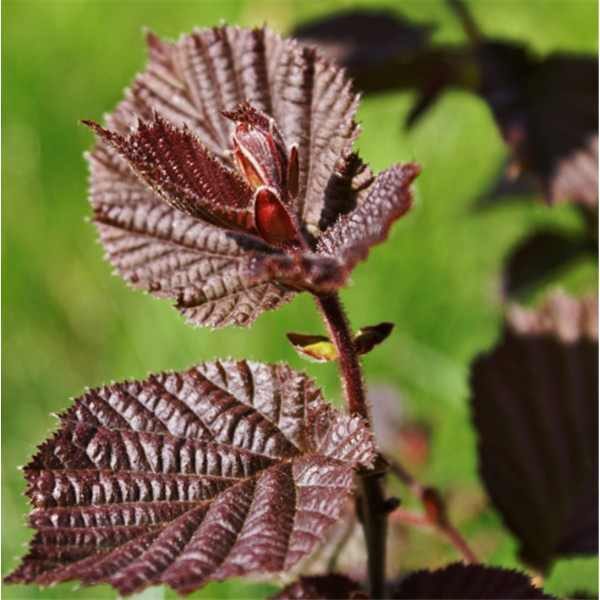


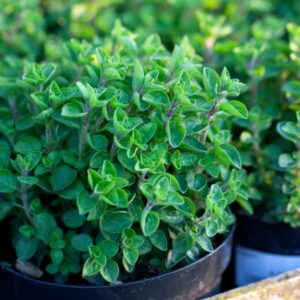
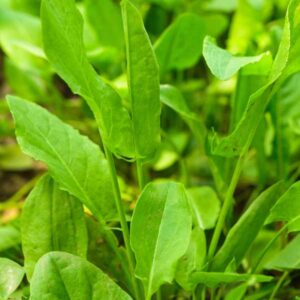
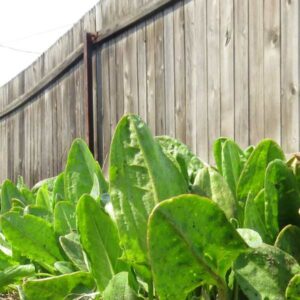
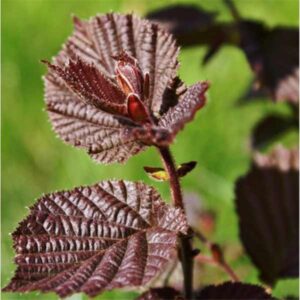
Reviews
There are no reviews yet